Color Wheel :Phase 1 Discover
Saturation Studies: Phase 2
Saturation Studies: Phase 3
Excited to work with color, I dove right into the color wheel phase. In the next phase I experimented with pure prismatic hues, mixed with complementary hues to form different hues of chromatic grays. To lighten to chromatic grays I added white. Figuring out the ratio of how much prismatic/complementary colors to combine was difficult and took alot of experimenting. In the next phase I had to execute muted an prismatic hues. I used the pure primary colors red, blue, and yellow to make secondary, and tertiary hues. This was really easy and fun to do. Making the muted broad range/broad hue collage I added white to saturate the hues. Contrast was created with saturation. Mounting all of the collages wasn’t difficult at all. With past projects, I learned to use my eye an create a composition that is unified and flows together. Focusing on the broad range and the values of all the hues I was able to compose collages I was really proud of. The group part of this project I enjoyed the most. Using two cross sensory words and the cool temperature colors me and my partner picked, we had to create a poster for a band name. We chose the Lush poster template. We came up with periwinkle, and violets because they give off a sense of relaxation an calmness. I chose some blues to coincide with my cool temperature of violets. Using our 5 senses, we agreed on many sensory words that would mesh well with cool temperatures. We came up with our leading band name “Silky Glaciers” with or runners up bands being “Breezy Mints” and “Tangy Waves”. My partner mentioned Europe, and we jumped at the opportunity to base or location at a awesome club in Germany called the “Mojo Club”. I look at all colors a little bit differently now. Thinking more into how I’m perceived to see color with the help of the primary hues.
HOURS WORKED ON 2HRS
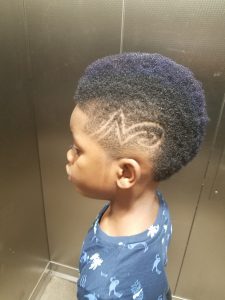




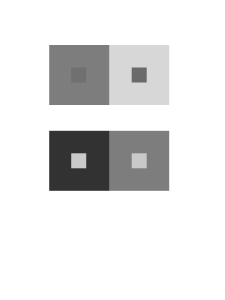



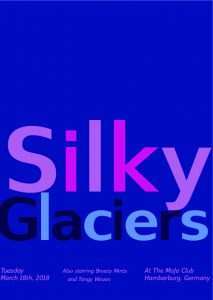
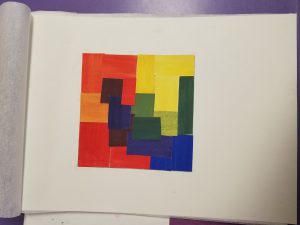
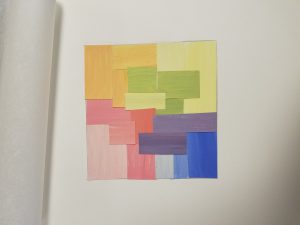
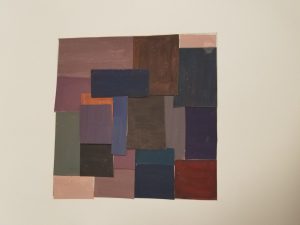
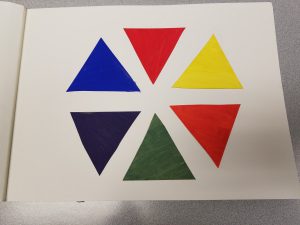



Recent Comments